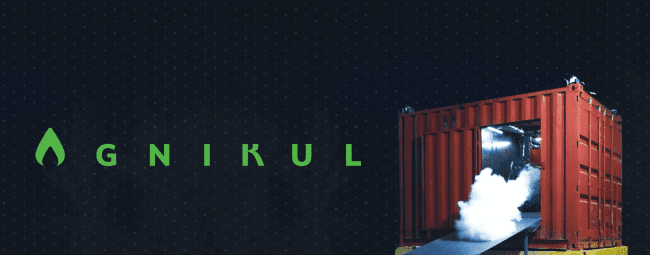
Agnikul Cosmos Co-founder & COO Moin SPM shares his experience on AM integration in space tech and their expectations from Additive manufacturing ecosystem in a candid conversation with AM Chronicle Co-founder, Aditya Chandavarkar.
Aditya:
Before we dive into the specifics, we would be keen to know how the journey has been at Agnikul for you and what have been the primary drivers for venturing into design, manufacture, test of rockets for micro and nano satellites ?
Moin SPM:
Agnikul Cosmos was founded by us on the idea that getting to space should not be the hardest part of being a space-faring species. We enable quick & affordable space access through our launch-on-demand vehicle, Agnibaan. Our vehicle Agnibaan can carry 100 kgs to low earth orbit. Our country being a space faring nation and to provide a “make in India, for the world” services for space access. So to sum it up my key drivers for venturing into the space industry were:
- My Passion
- Core Problem statement about the significant inefficiencies that exist in today’s Market
- Making space accessible to everyone
Apart from the above, everyone at Agnikul has the interest to explore beyond the skies. I personally think my journey at Agnikul has been insightful and motivating because, as a team, every day, we are progressing towards our target of making space accessible for everyone.
Aditya:
Additive Manufacturing has brought down the development time considerably along with providing a lot of design flexibility in a lot of manufacturing areas, Space companies are also adopting Additive Manufacturing in various areas of their production. According to you how big a role does Additive Manufacturing play in the case of startups like yours where speed to market is very important.
Moin SPM:
For any startup , the time taken to go fully commercial is one of the crucial factors for becoming successful in the market today and to do that with lesser developmental cost and time is what startups look for. The general advantages of Additive Manufacturing are
- Quantity – The general concept of volume manufacturing has become redundant due to this technology. It allows us to print quantities as low as 1 unit. This saves a lot of development cost.
- Flexibility – During R&D , it allows the user to iterate multiple times without having to worry about development costs and time. Any complex design that can’t be conventionally manufactured can be done through Additive Manufacturing.
- Time taken – The general turnaround time for AM for a highly complex part could be as low as just 72 hours. This includes pre processing, Printing , Post Processing of the component. This is a fraction of time while compared to conventional Manufacturing
- Quality – Since the entire process of printing is automated, the possibility for errors is almost negligible. The quality of the product is the same every time it is manufactured if the printing and power parameters are the same.
Aditya:
What have been the advantages of Additive Manufacturing at Agnikul, can you share examples of any components designed using Additive Manufacturing and how it has been better over using Conventional
manufacturing ?
Moin SPM:
Aditya:
Moin SPM:
- Ability to print materials such as Monel, Copper, all alloys of aluminium, Niobium and other materials would be an advantage. Currently, the industry has limitations in exploring many alloys.
- Machines having higher build volume within India, would be really helpful and we could manufacture bigger size critical components in a single piece as well. This would help us build liner tanks which would hold the propellants.
- Standardization of printing parameters, currently we see there are independent efforts done by machine owners/ vendors. This makes it a little difficult to standardize across vendors themselves.
- Finally, the post processing techniques such as CT scans, heat treatment, powder removal process etc if it’s all done at a single location, the risk of transportation and multiple people handling the component could be avoided.
Aditya:
How does the roadmap for Agnikul look like from here on?
Moin SPM:
Our Vehicle Agnibaan has plans to do its first test flight in 2021 and have plans to start commercial flights from 2022. We would also focus on deep space missions, reusability etc from 2024.




